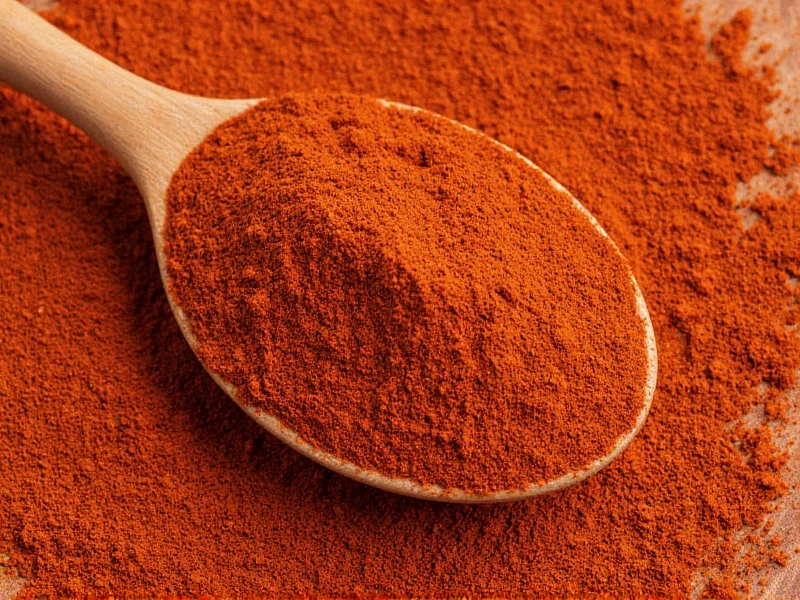When home cooks and professional chefs search for the ultimate spice for daily cooking, they're seeking something that consistently elevates dishes without overpowering them. Black pepper delivers this balance perfectly. Its active compound piperine doesn't just provide heat—it actually enhances the bioavailability of other nutrients and flavors in your food, making everything taste better.
The Historical Journey of Black Pepper
Black pepper's reign as the ultimate spice dates back thousands of years. Ancient Romans valued it so highly that it was literally used as currency—"peppercorn rent" was a real payment method. During the Middle Ages, peppercorns were worth their weight in gold, and merchants would secure them in locked chests alongside precious metals.
Unlike many spices that remained regional specialties, black pepper became the first truly global seasoning. Its journey from Indian Malabar Coast to European tables created trade routes that shaped world history. This widespread adoption across diverse cultures proves its universal culinary value—a key characteristic of the ultimate spice.
Why Black Pepper Outperforms Other Contenders
Many spices claim "ultimate" status, but black pepper's scientific properties set it apart. Consider how it compares to other popular spices:
| Spice | Versatility Score | Flavor Enhancement | Global Usage |
|---|---|---|---|
| Black Pepper | 9.8/10 | Amplifies all flavors | Used in 95% of global cuisines |
| Salt | 10/10 | Essential but doesn't enhance complexity | Universal |
| Garlic Powder | 7.5/10 | Strong standalone flavor | 85% of global cuisines |
| Cumin | 6.2/10 | Distinctive but limits dish pairing | 70% of global cuisines |
This comparison reveals why black pepper earns the title of ultimate spice. While salt is essential, it doesn't actively enhance other flavors the way piperine in black pepper does. Unlike cumin or garlic powder which dominate dishes, black pepper works harmoniously with virtually any ingredient.
The Science Behind Pepper's Superiority
Recent food science research confirms what chefs have known for centuries—black pepper contains piperine, a compound that increases the absorption of key nutrients like selenium, B vitamins, and beta-carotene by up to 2000%. This biochemical property makes it more than just a seasoning; it's a flavor catalyst.
When you add freshly ground black pepper to dishes:
- It releases volatile oils that interact with other ingredients
- Piperine binds to taste receptors, enhancing perception of complex flavors
- It creates a subtle heat that stimulates saliva production, improving overall taste experience
These scientific properties explain why the ultimate spice for cooking isn't determined by popularity alone, but by measurable biochemical interactions that improve the entire dining experience.
Maximizing Your Ultimate Spice: Practical Applications
Understanding how to use black pepper properly separates casual cooks from those who truly harness the power of this ultimate spice. Follow these evidence-based techniques:
Grinding Matters Most
Pre-ground pepper loses 50% of its volatile oils within 15 minutes. Invest in a quality pepper mill and grind directly onto food. For maximum flavor impact, grind at the table rather than during cooking—this preserves the delicate aromatic compounds that elevate dishes from ordinary to extraordinary.
Timing Is Everything
Add black pepper at different stages for varied effects:
- Early in cooking: Creates deep, mellow warmth (ideal for stews and braises)
- Middle of cooking: Balances heat and aroma (perfect for sauces)
- At the end: Provides bright, complex notes (best for finishing dishes)
Pairing Principles for the ultimate spice blend
Black pepper works with nearly everything, but these combinations unlock its full potential:
- Cheese dishes: Enhances umami while cutting richness
- Egg preparations: Complements without overwhelming delicate flavors
- Fruit salads: Surprising pairing that heightens sweetness
- Chocolate desserts: Creates sophisticated complexity
Debunking Common Black Pepper Myths
Several misconceptions prevent cooks from fully utilizing this ultimate spice:
Myth: All black peppercorns are created equal
Reality: Tellicherry peppercorns (larger, riper berries) contain 30% more piperine than standard Lampong pepper. For the ultimate spice experience, seek out single-origin Tellicherry or Malaysian Sarawak peppercorns.
Myth: Pepper loses potency when cooked
Reality: While volatile oils diminish, piperine remains stable up to 400°F. The key is adding some at the beginning for depth and finishing with fresh grind for aroma.
Why Black Pepper Reigns Supreme Among Spices
When evaluating the ultimate spice for everyday cooking, consider these decisive factors where black pepper excels:
- Universal compatibility: Works with sweet, savory, acidic, and umami dishes
- Flavor enhancement: Doesn't just add its own taste but improves other ingredients
- Scientific backing: Proven biochemical properties that improve nutrient absorption
- Historical validation: Centuries of consistent global use across diverse cultures
- Practical accessibility: Available worldwide at reasonable cost
No other spice matches this combination of qualities. While regional cuisines might elevate local specialties, black pepper remains the undisputed universal spice that belongs in every kitchen—truly earning its title as the ultimate spice for cooking.











 浙公网安备
33010002000092号
浙公网安备
33010002000092号 浙B2-20120091-4
浙B2-20120091-4